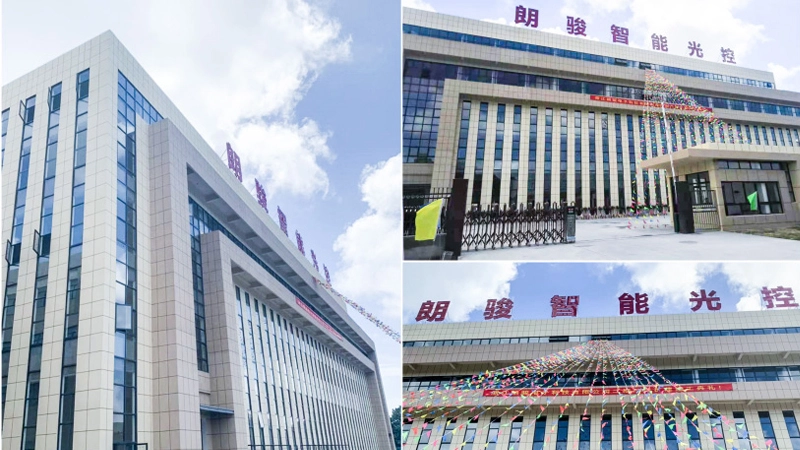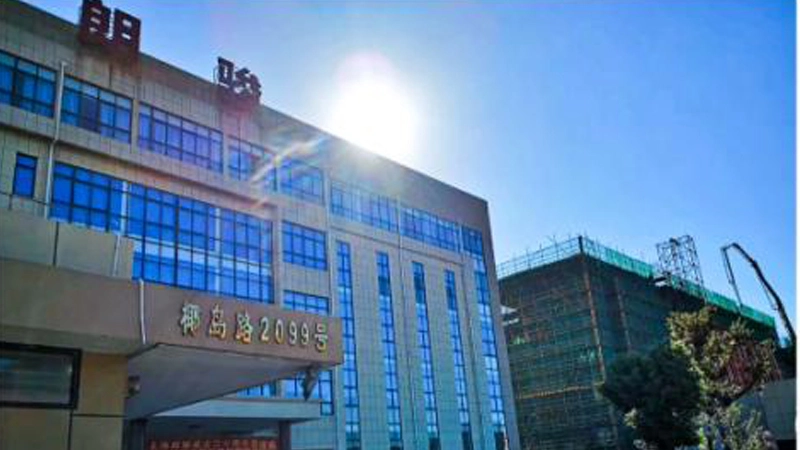Call us
+86-21-56666351Street lighting controllers are devices used to control the brightness and switches of street lights. By automatically sensing and adjusting the brightness of street lights, they aim to save energy and extend the lifespan of street lighting.

Street lighting controllers typically consist of sensors, controllers, and actuators. The sensor is used to detect the brightness and motion in the surrounding environment, the controller controls the brightness and switches of the street lighting based on the signals from the sensor, and the actuator is responsible for the actual control of the brightness and switching operations of the street lighting.
The working principle of the street lighting controller is based on photoresistors or photodiodes and other photosensitive components. When the surrounding environment darkens, the photosensitive component detects the decrease in light and sends a signal to the controller, which adjusts the brightness of the street lighting based on the signal. When the surrounding environment brightens, the photosensitive component detects the increase in light, and the controller reduces the brightness of the street lighting or turns it off.
The main functions of the street lighting controller are to save energy and extend the lifespan of street lighting. By automatically adjusting the brightness of street lighting based on the ambient brightness, it avoids wasting energy during the day or when there is sufficient light. Additionally, the street lighting controller can also adjust the brightness based on road conditions and traffic situations, improving the safety of nighttime driving.
In addition to saving energy and extending lifespan, the street lighting controller has several other advantages. Firstly, it can reduce the cost of manual management and maintenance. Traditional street lighting requires manual adjustment of brightness and switches based on weather and time, but the street lighting controller can automatically complete these tasks, reducing the wastage of human resources. Secondly, the street lighting controller can adjust the brightness as needed, enhancing the flexibility and adaptability of street lighting. For example, the brightness can be increased in busy traffic sections while reduced in less busy areas to achieve the goals of saving energy and enhancing safety.
In summary, the street lighting controller is a device used to control the brightness and switches of street lighting. By automatically sensing and adjusting the brightness of street lights, it aims to save energy and extend the lifespan of street lighting. It has advantages such as energy-saving, lifespan extension, reduced management costs, and enhanced flexibility, which are of great significance for urban lighting management.
Address:
2nd Floor, Building 8, 129 Hulan West Road, Baoshan District, Shanghai, China


